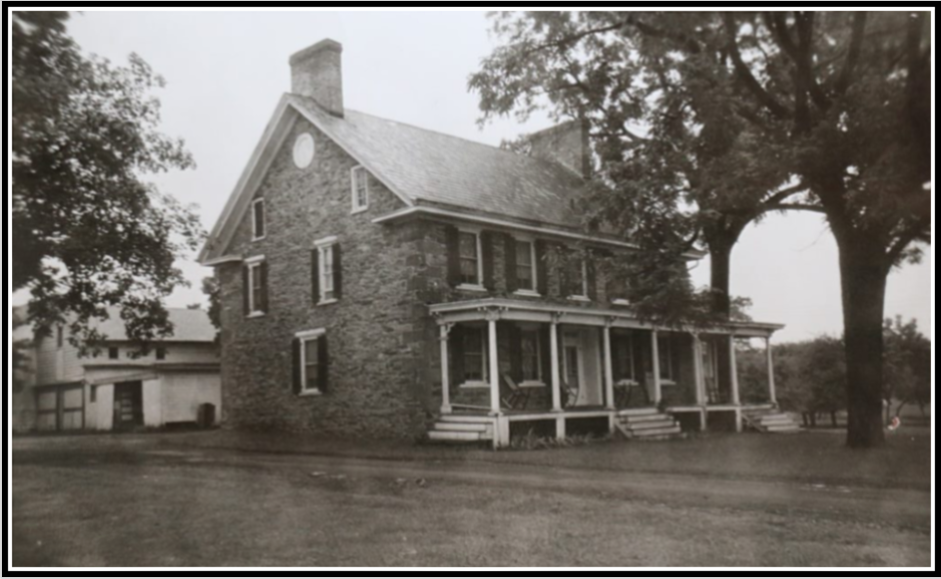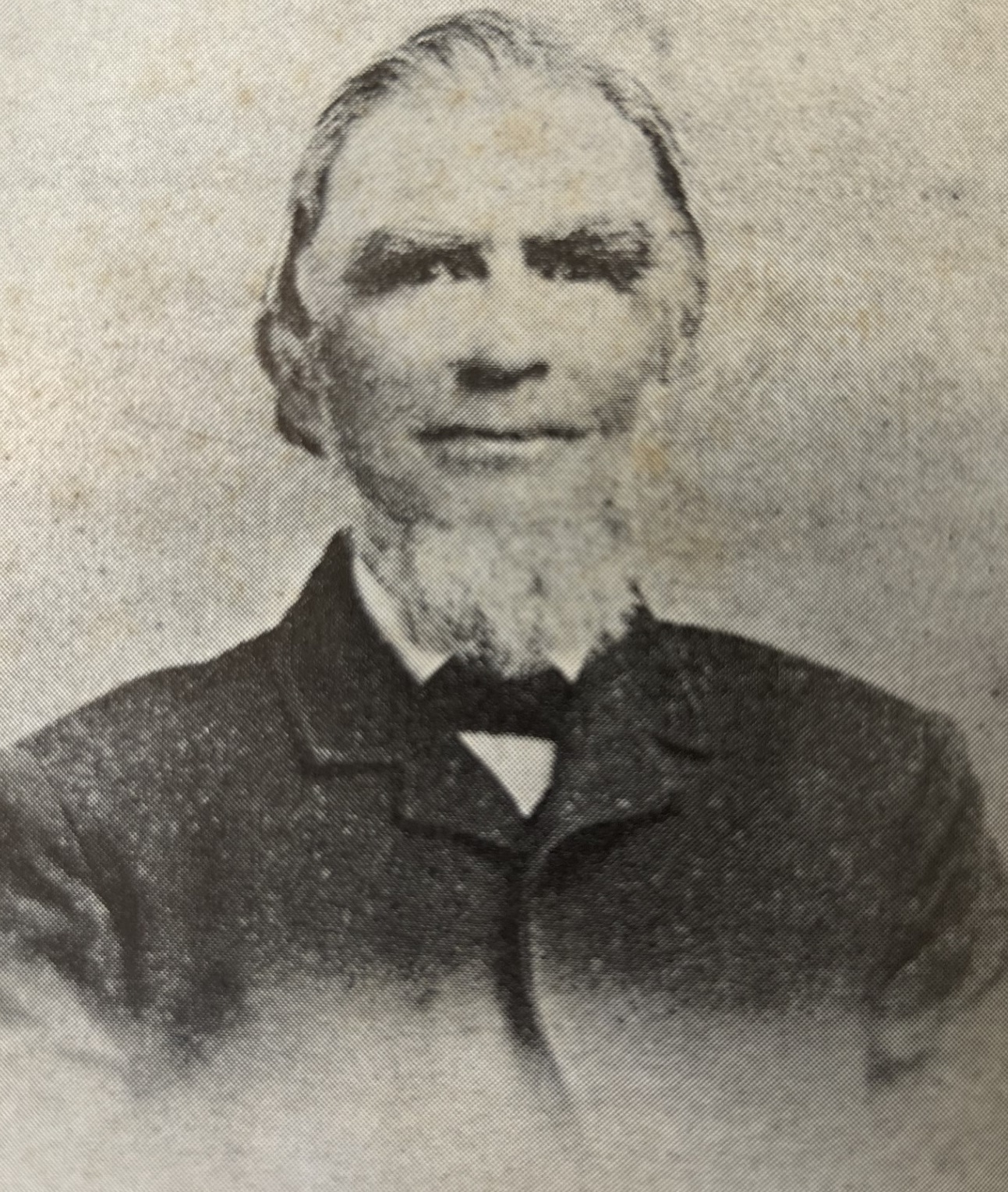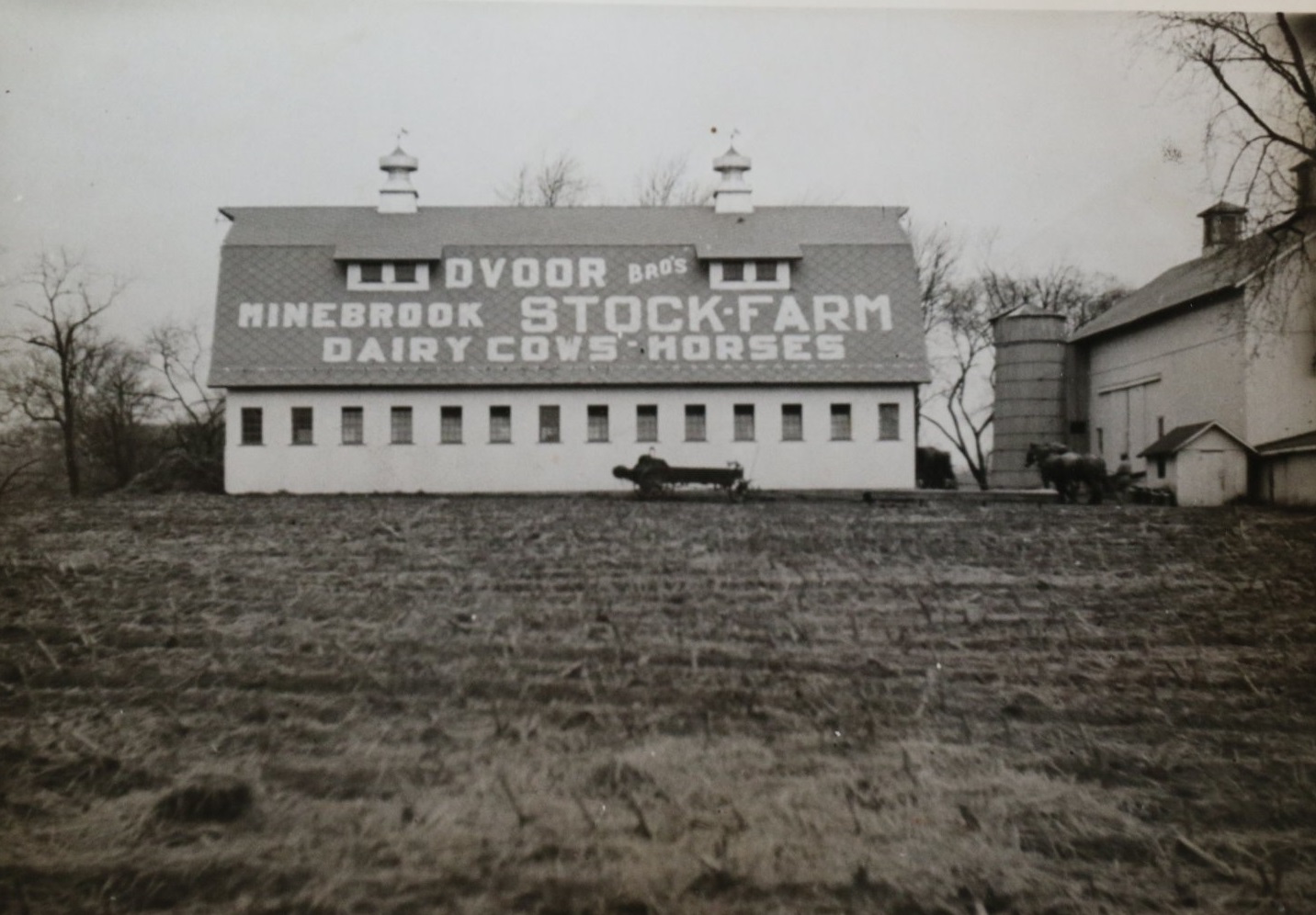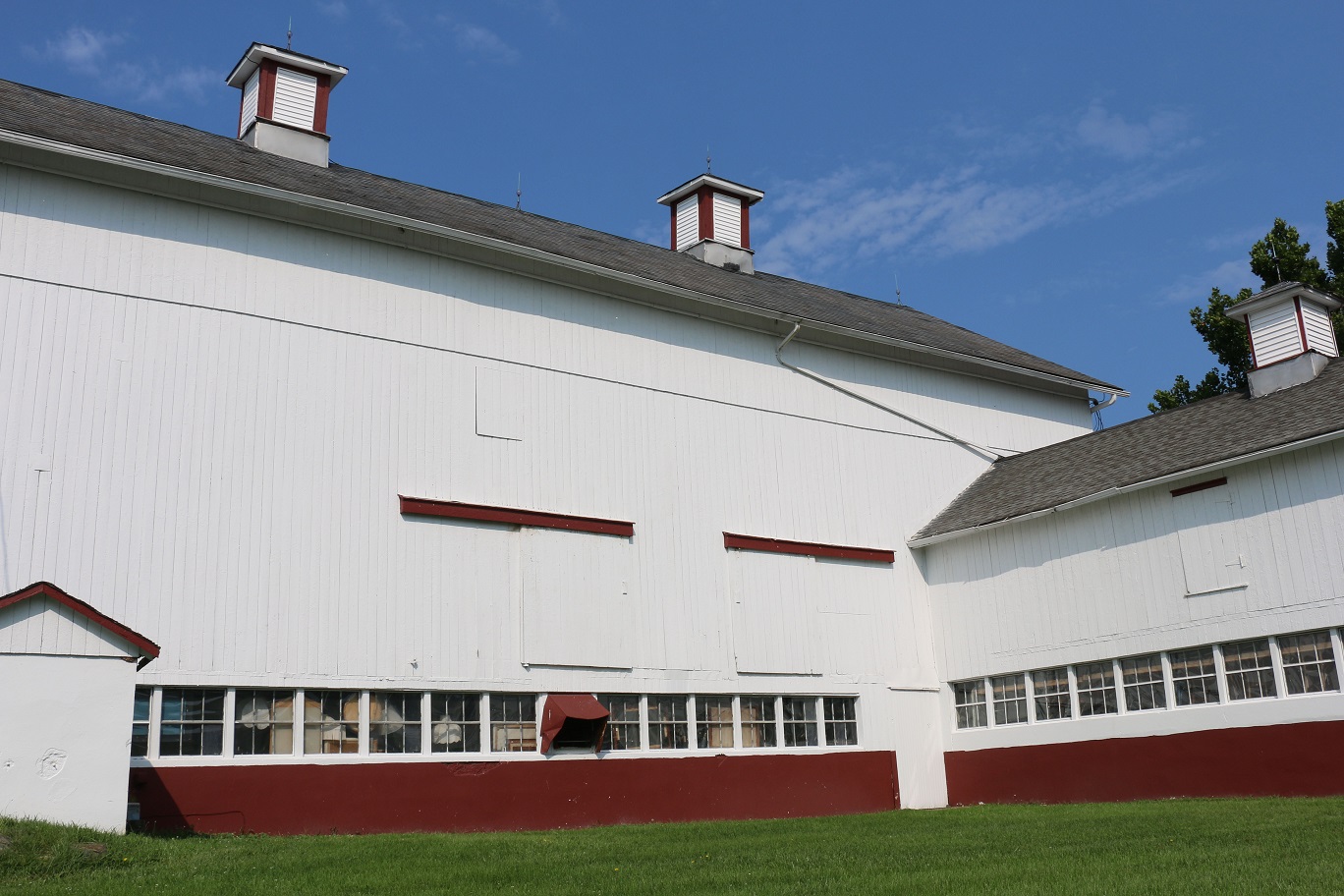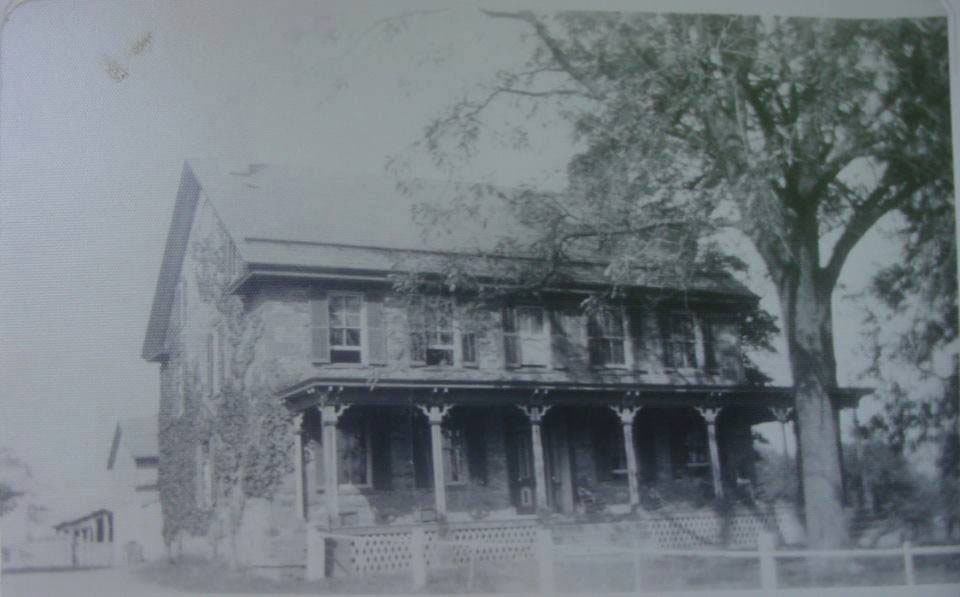(We continue our history on the Dvoor Farm by taking a closer look at the construction of the stone farm house that now serves as the headquarters of the Hunterdon Land Trust. If you missed our last blog on Case’s tannery business, please go here.)
The home built by Philip Case offers clear evidence of the prosperity he achieved despite setbacks like the flood which damaged his tannery in the summer of 1795. The substantial stone dwelling of vernacular Georgian design appears to have been built in the late 1700s, a period in agreement with its architecture, and the date, 1798, is carved in key blocks of the east gable’s blind oculus.
The oculus also poses a bit of a puzzle. Clearly carved in the keystones at the top are the initials “A/BC.” While one might reasonably presume the “C” stands for Case, and the “A” for Philip’s wife, Amy, what the “B” might reference is unknown. Could the “B” be a modified “P?” Someday we hope to get a better look at the stone and resolve this question.
Case’s daybooks of the period include references to construction activity, and entries relating to building materials and workmen appear frequently in 1798 and 1799. For instance, in June of 1798, Case credited several individuals for supplying more than 40 wagon loads of stone, and entered periodic payments in cash and leather to “William Conrad Mason” over the next several months.
Later that year, Case noted that Conrad and an apprentice had worked 190 days for him, labor valued at more than 71 pounds. (Philip Case recorded his debts using the British currency.) A February 1799 entry credits “Martin Johnson” for “carpentry work at sundry times” worth the considerable sum of £129.2.10. Case recorded masonry work in his accounts on three other occasions that year. Other daybook entries reference brick, plaster, lime, boards and ceiling lath.
“William Conrad” was likely the mason William Connor, whom local historian John W. Lequear identified as the builder of the house. Writing years later about a boyhood trip to Flemington in 1834, Lequear remembered the following about the Case property:
“The fine stone dwelling of Mr. Davis [a later owner of the Case-Dvoor farm house] had then been built some years. Its substantial masonry is still admired to this day. I knew a prominent mason, probably the master workman, Captain William Connor, who often spoke of his topping out the east chimney and the great number of bricks used.”
Lequear also wrote: “[t]he Case tannery was on the west side of the ‘Tuccaminjah Creek’ [Mine Brook] opposite the copper mine. Between the creek and the Davis dwelling, a house stood along the road on the bank of the creek, occupied many years by the Case family; but now all traces of the tannery and this house have disappeared.”
Philip Case obviously took great care and spent a considerable sum building his beautiful stone home. The Hunterdon Land Trust holds several tours during the year of this home. If you’d like to take a docent-led tour, please sign up for our weekly newsletter to keep informed of our next tour date. You can also take a self-guided walking tour of the farmhouse narrated by Ariel Hylton, great-granddaughter of Jacob Dvoor. Please call our office at 908-237-4582 to schedule a mutually convenient time for your visit.

